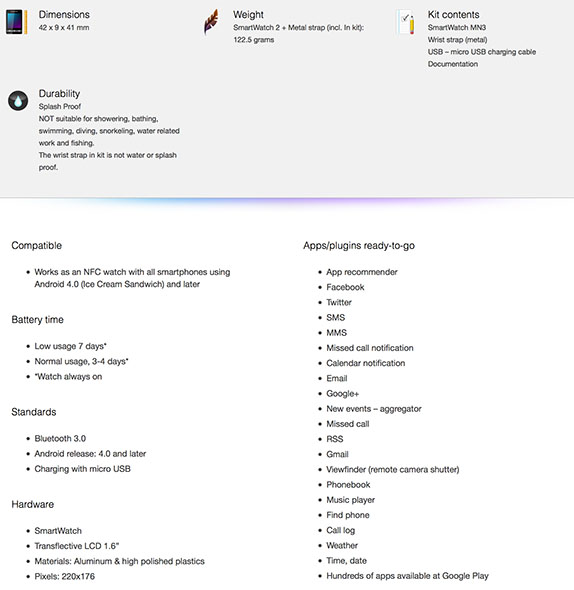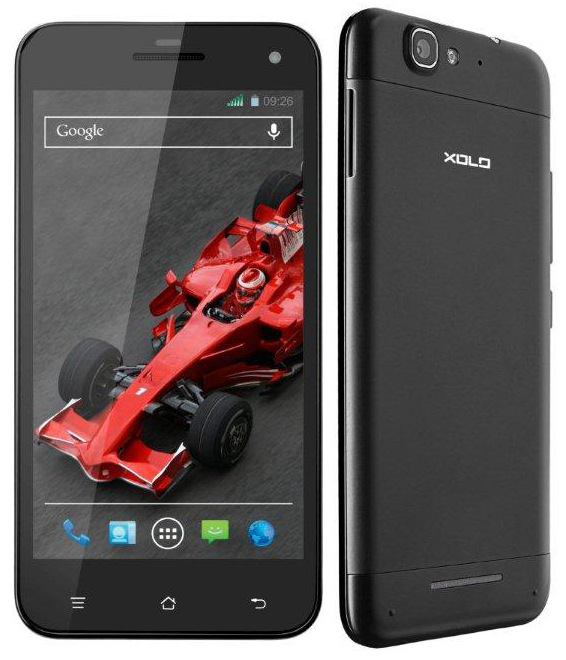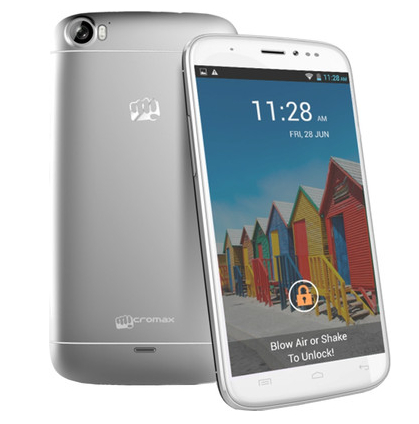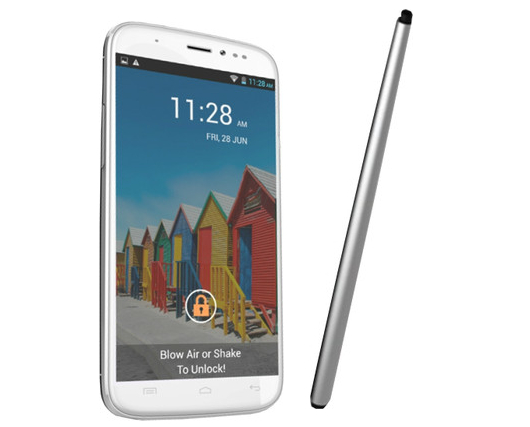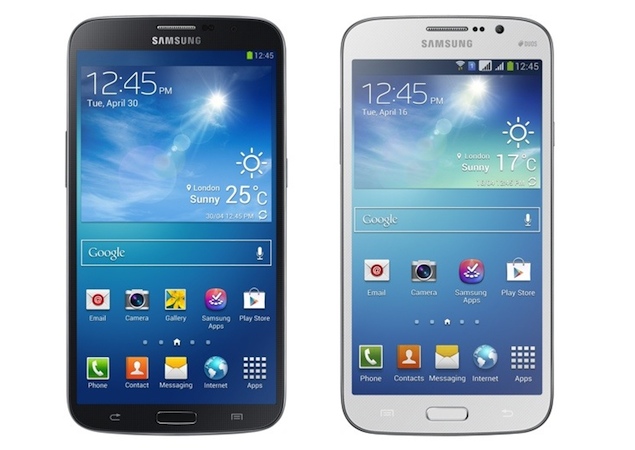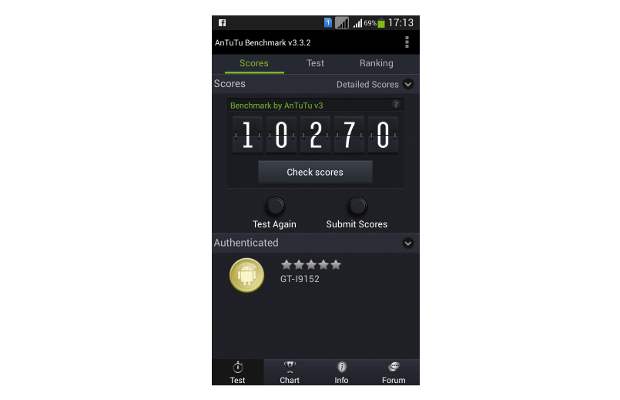
Sony’s third try at a smart watch hits almost all the bases
Sony is no stranger to the concept of smart wearables. We’ve seen the Sony Ericsson LiveView (which is best forgotten by everyone) and the original SmartWatch introduced at CES in early 2012, which was a little bit better but suffered from connectivity issues. Their latest version, aptly (yet unimaginatively) dubbed the SmartWatch 2 has a history to build on, and to try and not repeat.
Wearables are going to be a lucrative business for the right people. We all saw how the Pebble ripped through its Kickstarter goals, so the desire is out there. It will take a company that can get the form and the function just right to steal it all. Could Sony have done it with the SmartWatch 2? Sales say no, but we all know that best selling doesn’t mean best. Hit the break, have a read, and see what you decide.
The Style
If any wearable device isn’t comfortable, and doesn’t look good to the wearer, it is destined to fail.
Sony hits the comfort mark very well here. The watch isn’t small by any means, checking in at 42mm square and 9mm thick, but it is very light and fits well. Anyone who has used a recent Xperia phone will recognize the design language here, flat front and back, graceful round corners and 90-degree angles where the sides meet. Crafted out of aluminum, the whole package feels rather nice, even if it’s too large for your tastes. On the other hand, if you’re used to 50mm and larger sport or designer watches, you won’t even notice this one on your wrist.
The band itself is a plain Jane silicone strap in black. It complements the look and feel of the watch, and while not the most stylish option, silicone watch straps are very easy to wear. Because it uses standard 24mm attachment lugs, you can easily change things up with any strap or bracelet that’s the right size. Aquick search of Amazon, or even your local big box store will turn up literally hundreds of options. For the review, I stuck with the supplied black silicone strap with its aluminum standard buckle. It’s not quite my style, but it looks good with the simple industrial design of the watch itself — at least to me it does.
And this is where things get a little less clear. How the SW2 looks on your wrist is something I can’t answer. Style and looks are very personal, and everyone has different tastes. It’s square, unassuming, and comfortable. Once we get past that, it’s all opinion.
I can give you mine, though. I still wear a watch on occasion, and some silly part of my brain makes me collect them. I’ve a few favorites, both expensive and not-so-expensive. None of them resemble the SW2. I don't favor square designs on my wrist, and given the choice I would prefer something similar to the cheap (the same price as the SW2, to be fair), but pretty watch you see above. Unfortunately, that design doesn't translate well into a touch screen device you wear on your wrist, so there’s a tradeoff to be made if you want the convenience of a wearable device, or just get a kick out of the cool factor. I’m willing to make it most of the time. Notifications of the things I feel are important are worth it. You have to decide if you feel the same.
Tag Heuer, please make a smart watch in 2014.
Specifications and hardware
- Compatibility: Works with Android smartphones running Android 4.0 or later
- Battery life: Up to seven days of light use, three to four days of heavy use (times calculated with watch always on)
- Bluetooth 3.0
- Charging via microUSB
- Water resistant IP57
- 1.6-inch Transflective LCD at 220x176 pixels
In real world use I get about three days from one charge. Normally, I’m synchronized to my Moto X, and send SMS messages, Hangouts messages, Google+ notifications and calls to the SW2. Hangouts really give things a workout, as it’s our de-facto form of communication here at AC and hundreds and hundreds of messages are coming in every day. I also engage as much as i can on Google+, so it’s buzzing quite a bit, too. Now that the review is over I’ll scale back and remove the Google+ notifications, which is simple enough to do via an app on my phone. It was just a good way to test.
The screen is fair. The Transflective design (it uses ambient light to adjust contrast and reflects it back) is plenty visible, even in bright light, and in the dark a tap of the crown will fire up the backlight. The resolution is a little low, but I’m not watching movies on this tiny screen so I call it passable. The touch function has performed well, and things are responsive as expected. In fact, there's really no niggle over the hardware I can find to write about. It's solidly built, and everything it was advertised to do, it does well.
This SW2 has taken quite a beating, and taken it well. I’m that type of guy who is sure he can fix his own toilet, or lawnmower, or chest freezer or anything else and not have to spend money. Of course in the end I spend more because I’ve made things worse, but I like to tinker with things. I’ve beat and banged this unit around, and it’s no worse for wear. We know that the SW2 is IP57 dust and water resistant, but the design and construction also do a good job keeping it free from damage.
The one thing I have to mention that's not positive isn't about the watch itself, it's about the software on your phone. The software is clear, easy to understand and does what it intends to do, but it can be a little buggy. On more than one occasion it has locked itself awake — sometimes thinking I've put the phone in a Sony smart dock accessory — ramped the processor up, and drained the battery down to the warning beep in under an hour. It did this before the recent update, and it still does it. For the curious, I tested with my Moto X (Android 4.2.2) and with the Nexus 4 (Android 4.3). I see this issue on both phones.
Function
Enough about how it looks and how it works. Let’s talk about what it can do. There’s an operating system installed on the SW2, presumably Android, but just about everything is done via your smartphone. Using the
Sony Smart Connect application, you can install “modules” for things like Sony smart docks, chargers and of course the SW2. It’s through this portal that you’ll install and set things up on your phone.
A
quick look in Google Play will show you that there are a couple hundred apps compatible with the SW2. Ranging from things like call and message handlers to a Snake clone (remember those BREW games?), some work very nicely while others will be quickly uninstalled. it’s the same as Google Play in general, and we can’t expect every app to be a gem.
Sony themselves offer some in-house apps for the SW2, and they all work well enough. You’ll find apps for Gmail, standard POP3 email, Twitter, messaging and more, and most of what you need will be covered. Being “mostly” good is never good enough, so there are also apps that will intercept any notification (yes, I can make my watch tell me that I updated Chrome in Google Play) and forward them to your wrist. Some are free, some aren’t. I tried them all, and have to give Watch Notifier (
$1.79 in Google Play) the nod. I normally would never drop an app recommendation in a review, but for me, this app is what makes the SW2 worth using. Without it, some notifications are missing, and I found it to be the most consistent of all the apps I tried.

One noticeable omission is user-installed watch faces. A selection of five are included — four analog in both black or white, and with and without a date window, and one digital. Other watch face apps you’ll find in Google play are really more like widgets, and are displayed only when open and running on the watch. It seems developers are not given access to the default screen, which is a shame.
Navigation of the UI is simple, and familiar to most anyone with an Android. Tap the home button to zip away from the watch screen and get to your installed apps, pull the notification shade down to check missed notifications, and use the three-dot menu key anytime you’re in an app and think you should see more. There’s nothing groundbreaking here, nor should there be — this is an accessory, and one where simplicity is key. Sony is on the right track here, mimicking the Android UI but keeping it simple. They just need a bit more refinement and polish of the interface to make it look less clunky.
The verdict
As a watch junkie of sorts, I seem to be collecting the "popular" models. That’s currently a short list, but we certainly expect it to grow. Without taking any other model into consideration, I think the SW2 is priced a bit too high to recommend.
Currently $200 at Amazon, the price is a bit too steep for what it can do — the same as all the current smart watches. The tech just isn't there yet, at least not at $200. Maybe Kit Kat and Google's rumored watch can fix this.
If you’re not afraid to spend a little more than you should — and I’m certainly guilty often enough — and are in the market for a smart watch, I would still have to recommend the Pebble. It may not look as nice, and it’s not water "dust-resistant", but it’s developer-friendly, gets better battery life, and does the basics as good as the SW2 for a few dollars less.
If you’re a fan of the SW2, and I know there are plenty out there, you’re probably preparing to tell me what I didn’t consider or what I forgot. Likely, I’m guilty of both on some level, but to me, until someone gets it right, the SW2 doesn’t offer enough to recommend, and the cheapest alternative is the best alternative until we see a smart watch that hits all the bases.





